Find the x- and y-intercepts for the equation. Then graph the equation.y = -3x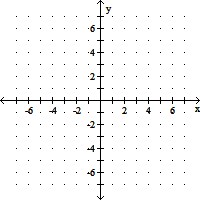
A. x-intercept: (0, 0), y-intercept: (0, 0)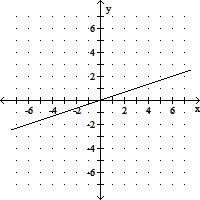
B. x-intercept: (0, 0), y-intercept: (0, 0)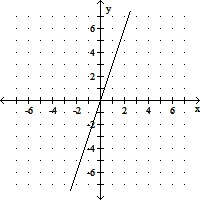
C. x-intercept: (0, 0), y-intercept: (0, 0)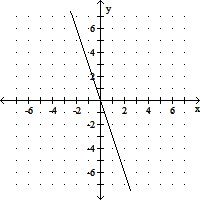
D. x-intercept: (0, 0), y-intercept: (0, 0)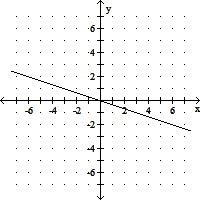
Answer: C
You might also like to view...
Answer the question.How can the graph of f(x) =  - 12 be obtained from the graph of
- 12 be obtained from the graph of 
A. Reflect it across the x-axis. Shift it 12 units down. B. Reflect it across the y-axis. Shift it 12 units down. C. Reflect it across the y-axis. Shift it 12 units up. D. Reflect it across the x-axis. Shift it 12 units up.
Approximate the coordinates of each turning point by graphing f(x) in the standard viewing rectangle. Round to the nearest hundredth, if necessary.f(x) =  (x3 - 3x2 - 45x + 5)
(x3 - 3x2 - 45x + 5)
A. (-3, 3.44) and (5, -6.8) B. (-5, 6.8) and (3, -3.44) C. (-3, 3.04) and (5, -7.2) D. (-5, 7.2) and (3, -3.04)
Use the given conditions to write an equation for the line in slope-intercept form.Passing through (3, 4) and parallel to y = -6x + 7.
A. y = -  x -
x - 
B. y = 6x - 22
C. y = - 6x - 22
D. y = - 6x + 22
Solve.9k2 = 36
A. - ,
, 
B. 6, 0
C. - 2, 2
D.  , 0
, 0